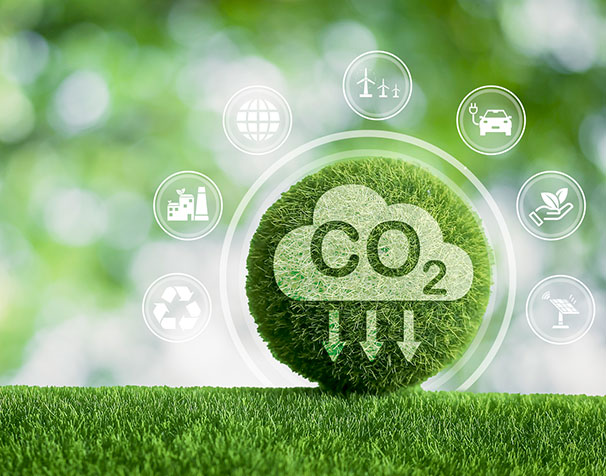
Atmospheric water generation offers a promising approach to address water scarcity and provide access to safe drinking water, particularly in regions with limited freshwater resources or facing challenging environmental conditions.

As the impacts of the climate crisis become more disruptive to human and natural systems, the need to find multiple pathways to slow warming has become more urgent.
Simply eliminating emissions will not be enough for the world to reach net zero by 2050 – removing CO2 from the atmosphere will also be necessary. And because hard-to-abate industries like aviation and shipping cannot capture their emissions at the source, Direct Air Capture (DAC) is considered a more suitable negative emissions solution.
DAC refers to a technology that aims to remove carbon dioxide (CO2) directly from the atmosphere. It offers a potential solution for mitigating climate change by actively reducing greenhouse gas emissions and potentially help mitigate the impacts of climate change.
DAC is often considered as a complement to other carbon reduction strategies, such as transitioning to renewable energy sources, improving energy efficiency, and promoting sustainable practices.

Direct air carbon capture (DAC) offers several potential benefits in the context of climate change mitigation and environmental sustainability. Some of the key benefits include:

The result of simultaneously addressing two climate crisis challenges through the integration of water generation and carbon capture, as compared to conventional separate approaches, is more efficient, cost-effective, and environmentally sustainable. By combining these two solutions, there is a synergistic effect that maximizes the benefits and minimizes the negative impacts. This integrated approach not only helps combat climate change but also promotes resource conservation and resilience in the face of environmental challenges.
Here are the main features of our system: